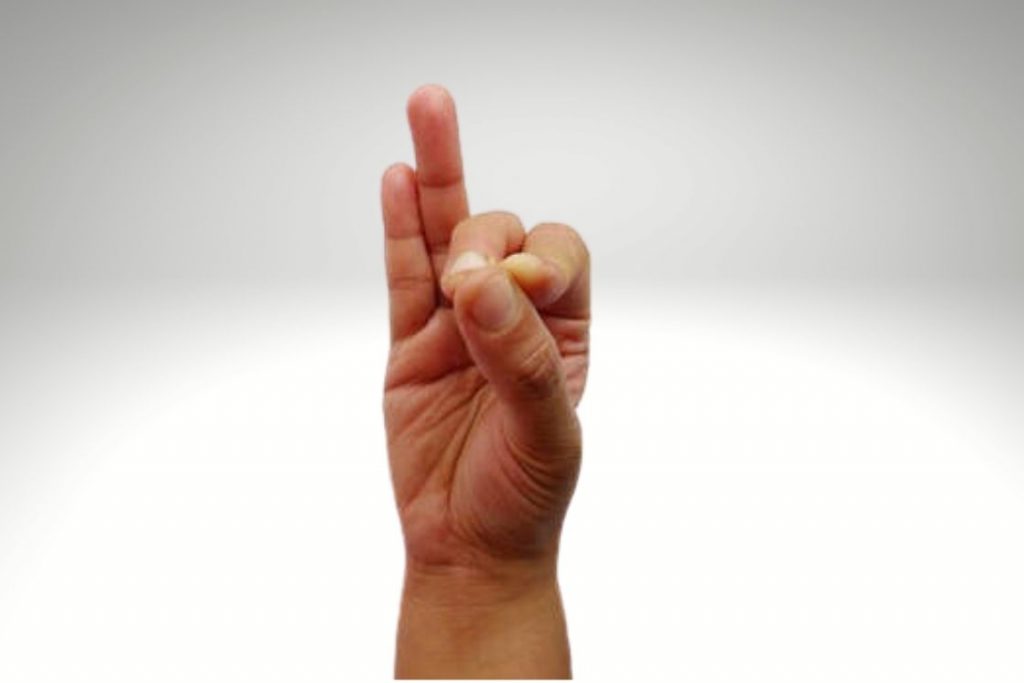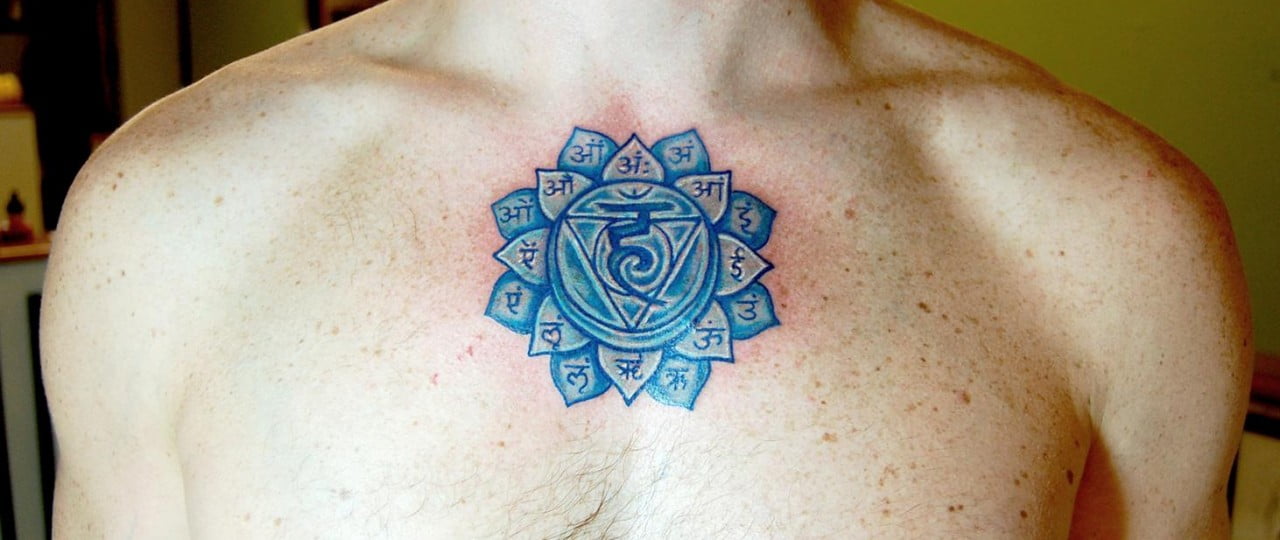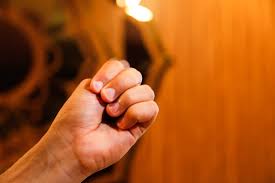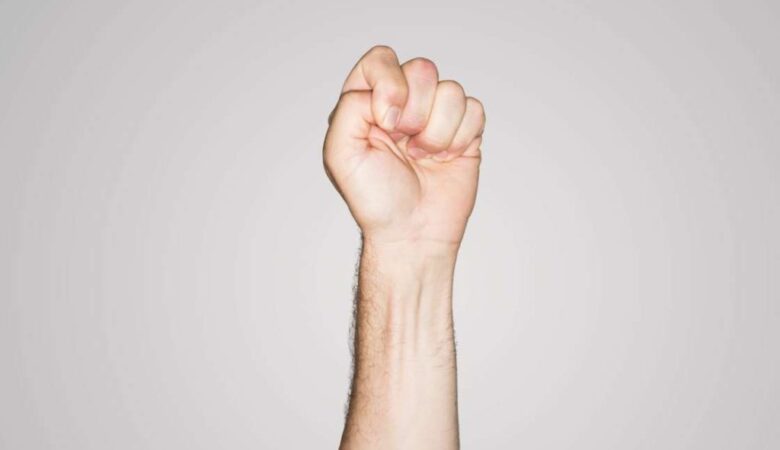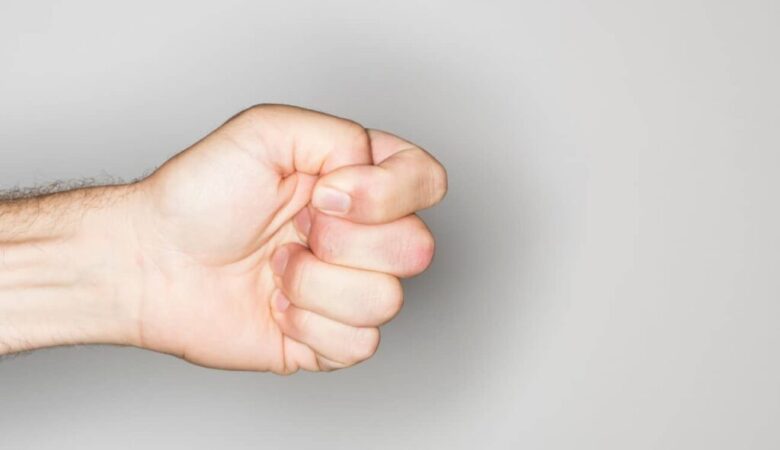Vyana Vayu Mudra is a powerful hand gesture (mudra) rooted in the ancient Indian systems of yoga and Ayurveda. It is specifically associated with balancing Vyana Vayu, one of the five subdivisions of Pancha Prana (the five vital air energies in the body). This mudra is known for enhancing physical and energetic circulation throughout the body and mind. Practicing this mudra regularly can improve cardiovascular health, better nerve function, and a sense of energetic equilibrium.
Table of Contents
What Is Vyana Vayu Mudra?
To comprehend the significance of Vyana Vayu Mudra, it’s essential to understand what Vyana Vayu is.
In yogic physiology, Prana (vital life force) is divided into five major vayus (winds or energy flows):
Prana Vayu: governs inhalation and heart functions.
Apana Vayu: governs elimination and reproductive functions.
Samana Vayu governs digestion and assimilation.
Udana Vayu: governs speech, effort, and upward movement.
Vyana Vayu: governs circulation and the distribution of energy.
Vyana Vayu permeates the entire body, coordinating and integrating the movement of all other pranas. It flows outward from the center to the peripheries and is crucial for the nervous system, muscle coordination, and blood flow.
Vyana Vayu Mudra: The Gesture
Formation:
Vyana Vayu Mudra is formed by joining the index finger and middle finger to the thumb, while the ring finger and little finger remain extended.
- Thumb: represents fire (Agni)
- Index finger: represents air (Vayu)
- Middle finger: represents space/ether (Akasha)
This combination balances air and ether elements, which are crucial to the functioning of Vyana Vayu.
How to Practice Vyana Vayu Mudra:
Step 1:
Sit in a comfortable position such as Sukhasana (easy pose), Padmasana (lotus pose), or on a chair with a straight back.
Step 2:
Rest your hands on your knees, palms facing upward.
Step 3:
Touch the tips of the index and middle fingers to the tip of the thumb. Keep the other two fingers straight.
Step 4:
Close your eyes and begin to focus inward. Optionally, you can chant “OM” or observe your breath.
Step 5:
Maintain slow, deep, and rhythmic breathing.
Step 6:
Practice for 15 to 30 minutes daily, or split it into three sessions of 10 minutes each.
Benefits of Vyana Vayu Mudra:
Improves Circulation:
Enhances blood flow throughout the body, helping tissues receive nutrients and oxygen efficiently.
Boosts Energy Distribution:
Helps in the balanced distribution of prana, leading to overall vitality and reduced fatigue.
Enhances Nervous System Function:
Supports better nerve signal transmission, which improves coordination and reflexes.
Strengthens the Heart and Muscles:
Beneficial for the cardiovascular system, it also aids in muscle strength and tone.
Alleviates Joint Pain and Cramps:
Regular practice can help reduce symptoms associated with poor circulation like cold hands/feet, tingling, and muscle cramps.
Mental Clarity and Balance:
Since Vyana Vayu is also involved in the distribution of mental energy, the mudra helps enhance focus and balance emotions.
Who Should Practice Vyana Vayu Mudra?
This mudra is ideal for:
- Individuals with poor circulation or heart-related issues (as a complementary practice, not a substitute for medical care)
- People experiencing fatigue or burnout
- Practitioners seeking deeper integration of physical and mental energies
- Yogis are looking to balance all five pranas holistically
Precautions and Tips:
- Always practice with clean hands in a calm environment.
- Avoid practicing immediately after meals.
- Consult a healthcare provider before beginning any mudra practice if you have serious medical conditions.
- Mudras are more effective when paired with a yogic lifestyle, including proper diet, meditation, and physical asana practice.
Conclusion:
Vyana Vayu Mudra is a subtle yet powerful tool to harmonize the body’s circulatory and energetic systems. As part of a broader yogic practice, it helps unify the inner and outer movements of prana, bringing the practitioner closer to a state of holistic health and balance. By dedicating a few minutes daily to this mudra, one can experience a significant improvement in physical vitality and mental clarity over time.
FAQ:
Q. What is the best time to practice Vyana Vayu Mudra?
A. You can practice it at any time of the day, but early morning or during meditation is ideal. Practicing on an empty stomach yields the best results.
Q. How long should I hold the Vyana Vayu Mudra?
A. You can practice it for 15–30 minutes daily, either in a single sitting or broken into 2–3 sessions of 10–15 minutes each.
Q. Can I practice Vyana Vayu Mudra while walking or lying down?
A. Yes, it can be practiced while walking or even lying down, but for optimal benefit, it’s best done in a seated meditative posture with your spine straight.
Q. Are there any side effects of Vyana Vayu Mudra?
A. There are no known harmful side effects. However, overuse of any mudra may lead to imbalances. It’s best to stay within the recommended duration and listen to your body.
Q. Can pregnant women practice Vyana Vayu Mudra?
A. Generally, yes, especially since it supports circulation, but pregnant women should consult with a qualified yoga therapist or healthcare provider before starting any new practice.
Q. Is Vyana Vayu Mudra helpful for anxiety or mental stress?
A. Yes, by harmonizing the energy flow in the body and calming the nervous system, it can reduce mental restlessness, improve clarity, and aid in managing anxiety.
Q. Should Vyana Vayu Mudra be practiced with any specific breathing technique?
A. Deep, slow, and mindful breathing enhances the effectiveness of the mudra. You may also pair it with pranayama (breath control practices) for added benefit.
Q. Can children practice Vyana Vayu Mudra?
A. Yes, children above the age of 7 can practice it under adult supervision, especially if they’re dealing with fatigue, poor concentration, or hyperactivity.
Q. How long does it take to see the benefits of this mudra?
A. Consistent practice over a few weeks may bring noticeable improvements in energy, circulation, and mental balance. As with all yogic practices, patience and regularity are key.
Q. Can I combine Vyana Vayu Mudra with other mudras?
A. Yes, it can be used in a sequence with other mudras like Prana Mudra (for energy) or Apana Mudra (for detox), but always give a few minutes of rest between mudras.

